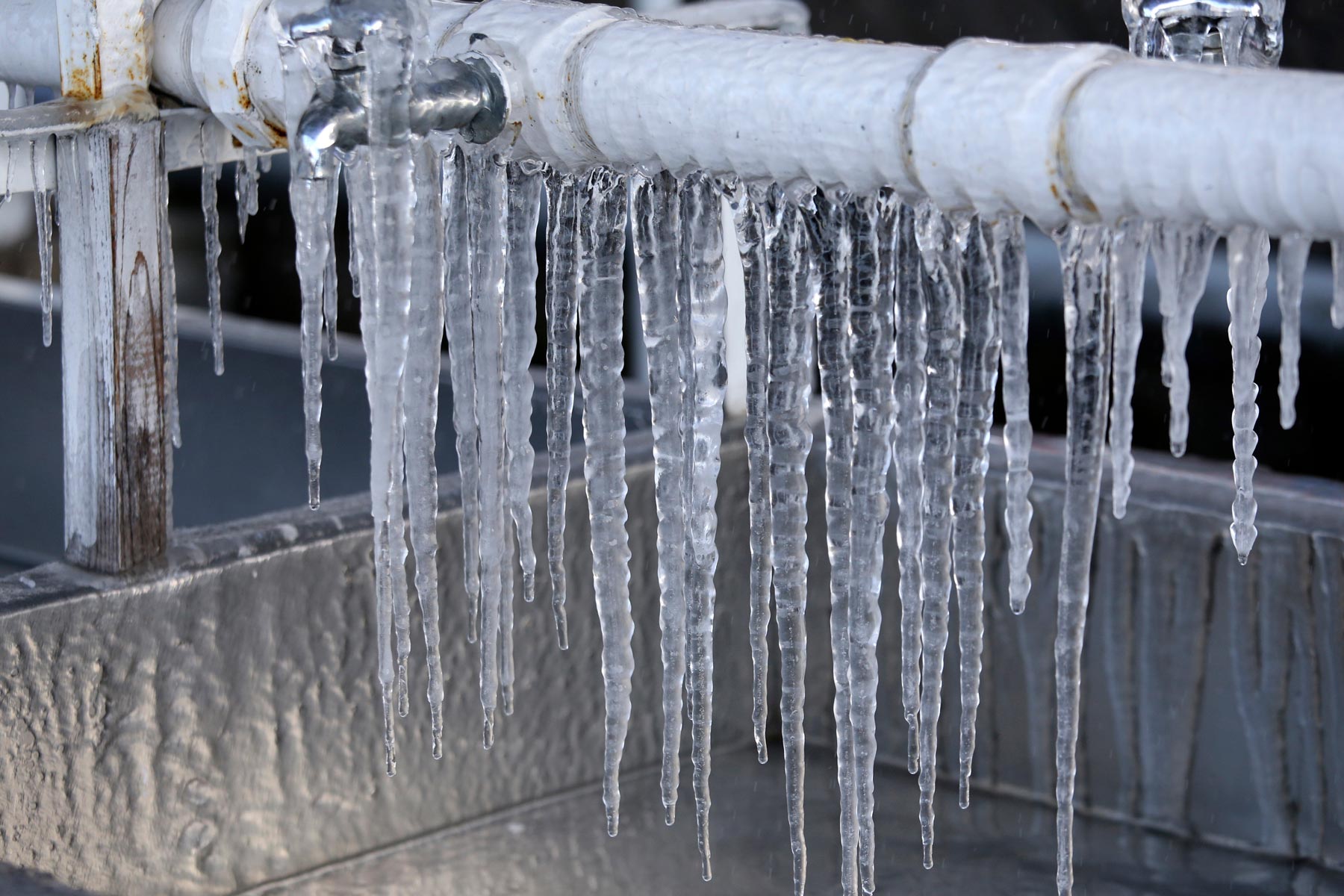Advice for Preventing Frozen Pipes in Cold Weather: Professional Advice
Click HereAlmost everyone has got their own rationale about Winter Plumbing Precautions: Preventing Frozen Pipes.

Winter can damage your plumbing, especially by freezing pipes. Below's how to stop it from happening and what to do if it does.
Intro
As temperatures drop, the danger of frozen pipes boosts, potentially causing expensive fixings and water damages. Recognizing how to stop icy pipes is critical for home owners in cold environments.
Prevention Tips
Protecting susceptible pipelines
Cover pipes in insulation sleeves or utilize warmth tape to safeguard them from freezing temperature levels. Focus on pipes in unheated or outside locations of the home.
Heating techniques
Maintain indoor rooms adequately heated up, particularly locations with pipes. Open up cupboard doors to allow cozy air to flow around pipes under sinks.
How to determine icy pipes
Look for reduced water circulation from faucets, uncommon odors or noises from pipelines, and visible frost on revealed pipelines.
Long-Term Solutions
Structural adjustments
Take into consideration rerouting pipes far from outside walls or unheated locations. Include additional insulation to attics, cellars, and crawl spaces.
Updating insulation
Purchase top notch insulation for pipelines, attics, and walls. Correct insulation helps keep consistent temperatures and lowers the risk of frozen pipelines.
Shielding Exterior Pipes
Garden hoses and outdoor faucets
Disconnect and drain pipes yard tubes prior to winter season. Set up frost-proof faucets or cover outside taps with insulated caps.
Comprehending Frozen Pipelines
What triggers pipelines to freeze?
Pipelines ice up when subjected to temperatures below 32 ° F (0 ° C) for extended periods. As water inside the pipes ices up, it expands, putting pressure on the pipe wall surfaces and possibly triggering them to rupture.
Dangers and problems
Icy pipelines can result in water supply disruptions, residential or commercial property damage, and costly fixings. Ruptured pipelines can flood homes and trigger comprehensive structural damages.
Indicators of Frozen Piping
Identifying frozen pipelines early can prevent them from bursting.
What to Do If Your Pipelines Freeze
Immediate activities to take
If you believe icy pipes, maintain taps open to ease pressure as the ice melts. Use a hairdryer or towels soaked in warm water to thaw pipelines slowly.
Verdict
Preventing frozen pipes needs proactive procedures and quick feedbacks. By comprehending the reasons, indications, and preventive measures, house owners can shield their pipes during winter.
6 Proven Ways to Prevent Frozen Pipes and Protect Your Home
Disconnect and Drain Garden Hoses
Before winter arrives, start by disconnecting your garden hoses and draining any remaining water. Close the shut-off valves that supply outdoor hose bibs and leave the outdoor faucet open to allow any residual water to drain. For extra protection, consider using faucet covers throughout the colder months. It’s also important to drain water from any sprinkler supply lines following the manufacturer’s directions.
Insulate Exposed Pipes
Insulating your pipes is an effective way to prevent freezing. Pipe insulation is readily available at home improvement stores and is relatively inexpensive. Pay close attention to pipes in unheated areas such as the attic, basement, crawl spaces, or garage. Apply foam insulation generously to create a buffer against the cold. You can also wrap your pipes in heat tape or thermostat-controlled heat cables for added warmth.
Seal Air Leaks
Inspect your home for any cracks or openings that could let in cold air. Seal any holes around the piping in interior or exterior walls, as well as the sill plates where your home rests on its foundation. Additionally, make sure to keep your garage door closed unless you’re entering or exiting. Leaving it open creates a significant air leak that can lead to frozen pipes.
Allow Warm Air Circulation
During cold snaps, it’s essential to allow warm air to circulate evenly throughout your home. Leave interior doors ajar to promote better airflow. Open kitchen and bathroom cabinets to help distribute heat consistently around the rooms. If you have small children or pets, be sure to remove any household chemicals or potentially harmful cleaners from open cabinets for safety.
Let Faucets Drip
A small trickle of water can make a big difference in preventing ice formation inside your pipes. When temperatures drop significantly, start a drip of water from all faucets served by exposed pipes. This continuous flow helps prevent the water from freezing. Additionally, running a few faucets slightly can relieve pressure inside the pipes, reducing the chances of a rupture if the water inside does freeze.
https://choateshvac.com/6-proven-ways-to-prevent-frozen-pipes-and-protect-your-home/

I'm very taken with 6 Ways to Prevent Frozen Pipes and I am assuming you liked our page. Loved our posting? Please quickly share it. Let others find it. Thanks for being here. Kindly pay a visit to our website back soon.
Click Here